STRETCHMARK REMOVAL TREATMENT?
At The Laser Treatment Clinic we offer stretchmarks removal treatment and have been treating stretchmarks lesions and scars for over 25 years. We fully understand the effect they can have on someone’s confidence and have successfully treated thousands of men and women with stretchmarks issues on all parts of the body.
We offer a range of different treatments to target the areas affected by stretch marks and work to smooth away and improve the apperance of your skin.
Our Skincare Professionals combine specialised clinical in-clinic treatments with skincare products to effectively treat stretchmarks. These advanced treatments can be used on both white and red stretch marks across all areas including abdomen, breasts, buttocks, thighs, hips, upper arms, and behind the knee.
Our treatments include Advanced Micro-needling with Radio Frequency, Diamond Dermabrasion, Derma White Treatment peel, Intense Pulsed Light and the Vascular Laser. The treatments can range from laser and non-laser treatments or a combination of both.
WHY CHOOSE THE LASER TREATMENT CLINIC?
- With over 25 years experience at our Harley Street clinic, The Laser Treatment Clinic has extensive experience in treating stretchmarks and expertise in combining in-clinic treatments with skincare to achieve maximum results when it comes to stretchmarks treatment. Whether you are suffering from new or old stretchmarks our experienced Medical Professionals will offer you the best solution.
- We treat thousands of stretchmarks every year and understand how much distress the condition can cause. We can treat most type’s of stretchmarks including old and new.
- The benefit of having stretchmarks treatment with us is that we are able to offer you a complete solution with our treatment plans. With a team of Skincare Professionals who thoroughly understand all skin concerns, we are able to combine in-clinic treatments with at home skincare to provide a complete solution to your stretchmarks.
- We offer a Free Consultation and Skin Analysis. During your Free Consultation our Skin Specialists will perform a skin analysis and create a bespoke treatment plan to suit your specific stretchmarks issues and skin type. Ensuring that you benefit from the best possible results in the minimum amount of time.
Many people find living with stretchmarks lesions difficult, especially in the summer when they tend to wear lighter more revealing clothing.
Stretchmarks lesions occur when the skin is overstretched, and the production of collagen is compromised in the area, resulting in a scar-like appearance. Frequently associated with pregnancy both men and women can suffer from stretchmarks, as they frequently occur during puberty when most individuals experience rapid growth. They are also commonly seen in men after working out with weights. Initially appearing as purple or red marks, these marks do fade over time, but they never fully disappear. While stretchmarks aren’t painful and they don’t limit movement, for many people they can be uncomfortable to live with due to their unsightly appearance.
They are most commonly seen on the breasts, arms, back, shoulders, abdomen, buttocks, thighs and knees. On all skin types and ages. Common causes of Stretch Marks are: Growth Spurt, Pregnancy, Sudden Weight Gain or loss, Anabolic Steroid Use, Working out with weights. The most commonly treated areas include the breast, arms, shoulders, back, abdomen, thighs, knees, legs and buttocks.
Book a Free Consultation
To find out how we can help, about our Special Offers or to Book a Free Consultation with our Medical Professionals. Call our 24 hour hotline now on 0208 012 8582 or Book a Free Consultation here. One of our friendly team of experts will be happy to help, and will get back to you as soon as possible, usually within 24 – 48 hours.









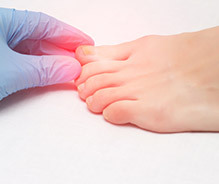
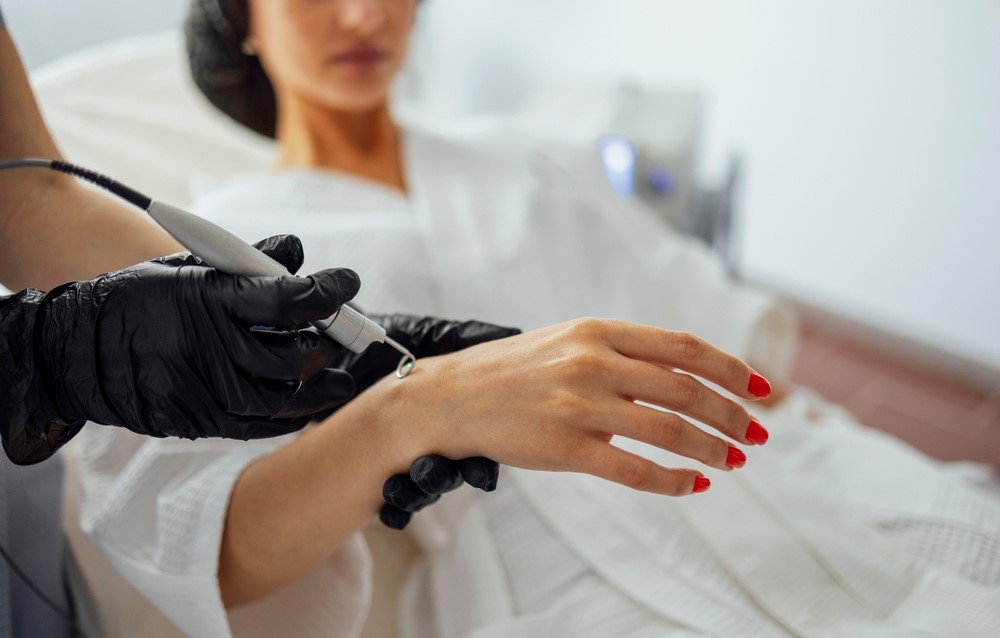

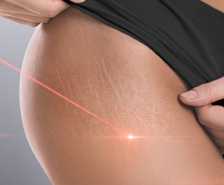


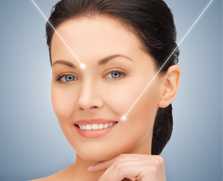



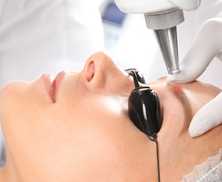



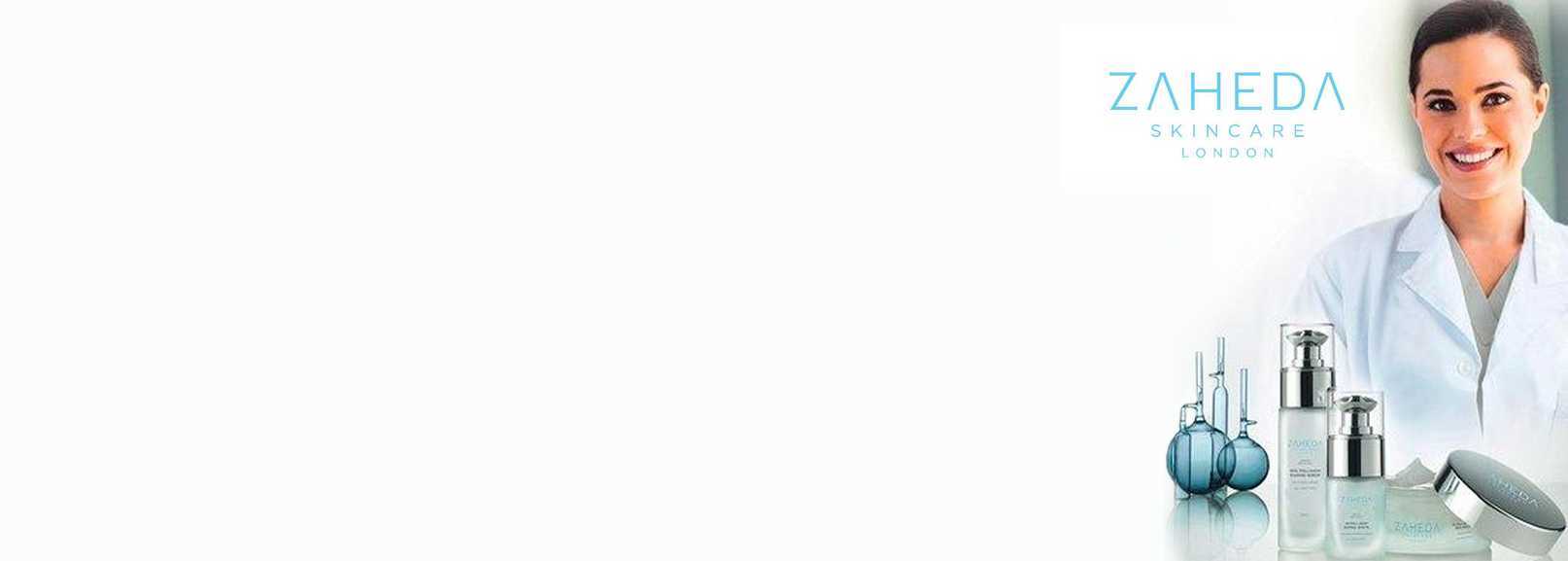




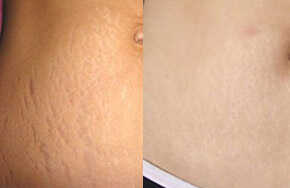
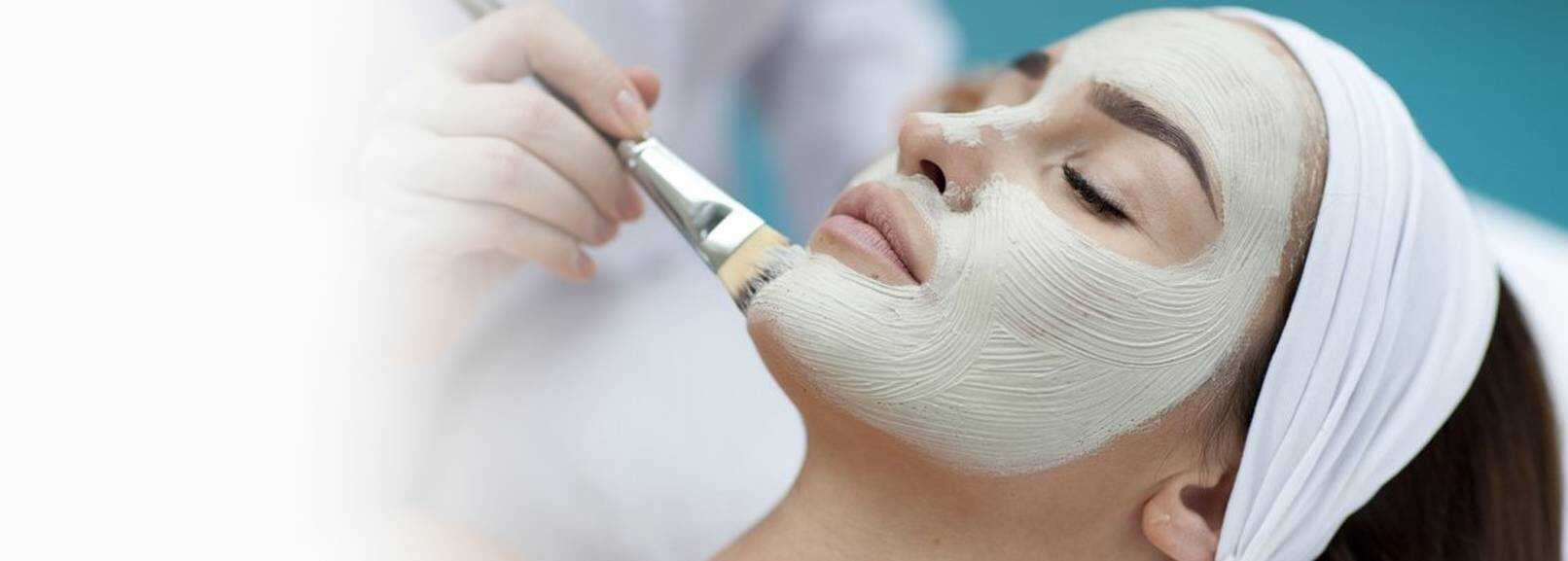


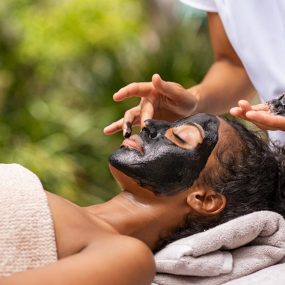
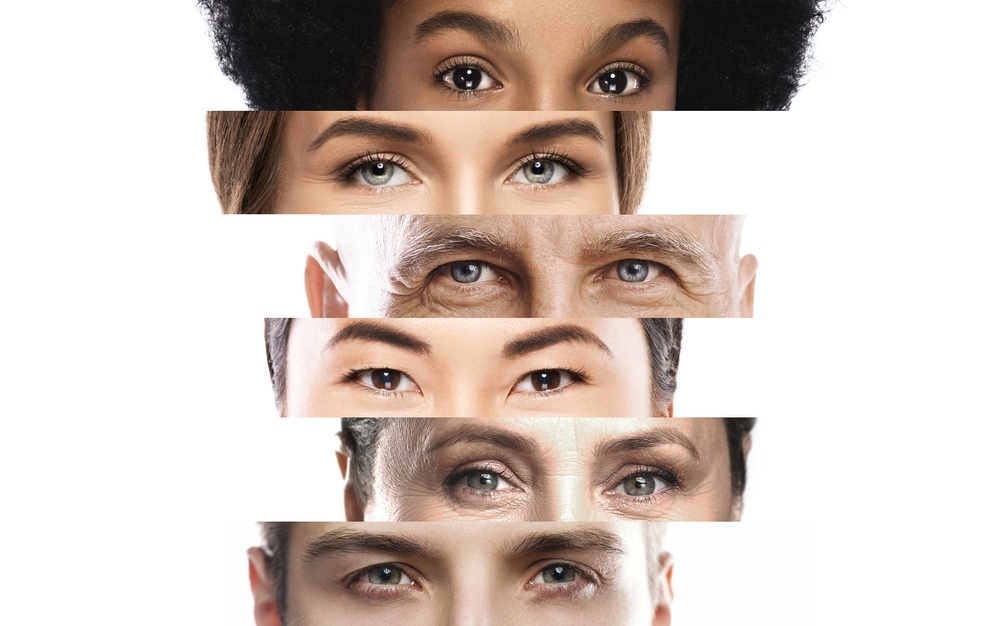
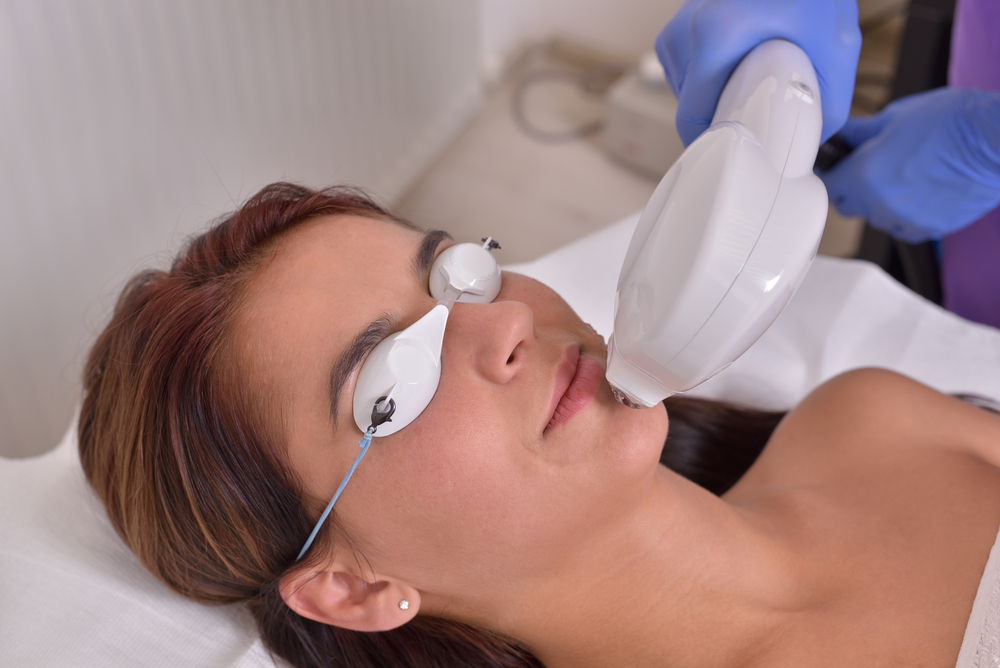





 020 8012 8582
020 8012 8582